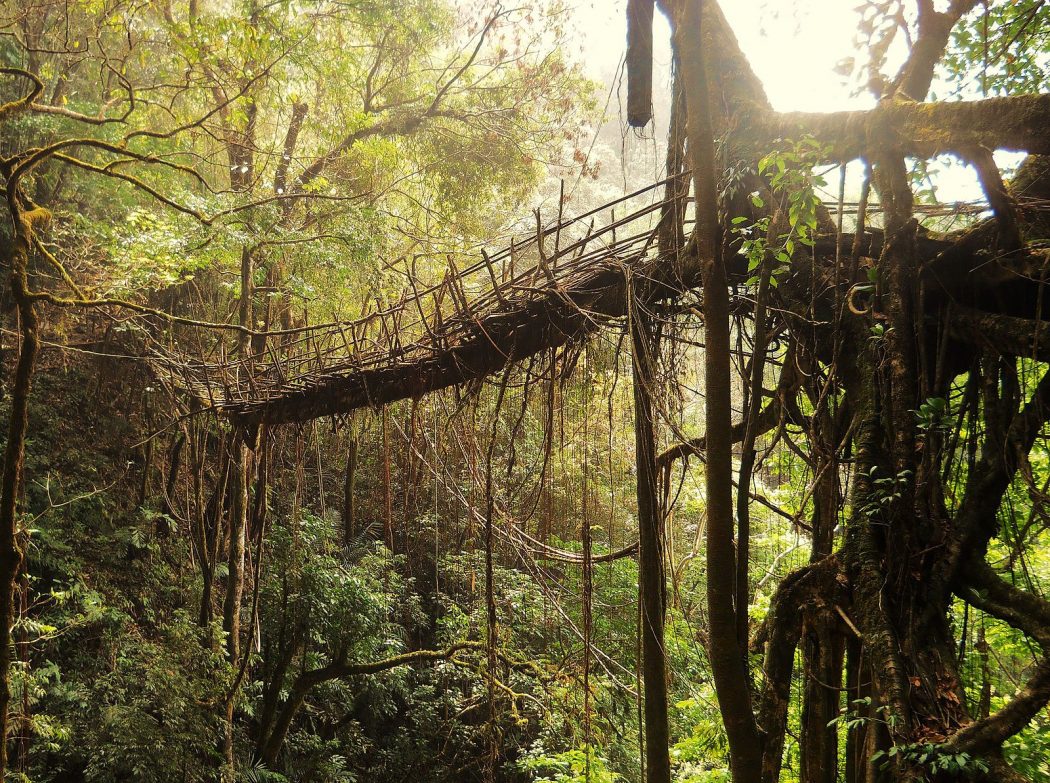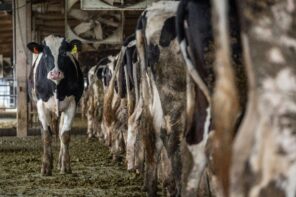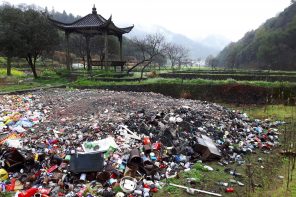As the reality of climate change grows more and more grim, scientists and government officials are increasingly turning towards indigenous lifestyles for inspiration on how to develop climate resilience strategies. Given that these communities have long lived in harmony with the environments around them, it should come as no surprise that some of their practices could hold the answers as to how humanity can live with nature, not outside of it.
The Californian wildfires this past summer, for example, demonstrated the need for abandoning conventional Western environmental policies and applying traditional indigenous expertise instead. Over the years, as the state’s climate has warmed, vegetation has grown increasingly dry and left landscapes more susceptible to wildfires such as those that burned through four million acres of land in 2020. However, long before California was even California, Native American groups, especially the Karuk tribe, employed the use of controlled fires to burn overgrown vegetation in an effort to prevent such severe and uncontrollable wildfires. This practice came from a thorough understanding of how underbrush could fuel fires and how different terrains could affect the spread of flames.
With the arrival and expansion of white settlers, however, these practices were violently suppressed and replaced with European firefighting techniques meant to extinguish any and all flames. As a result, forests became overgrown, leading to the unmanageable megafires that have proliferated in recent years. It wasn’t until last summer that officials began recognizing the potential benefits of consulting with native groups to better tackle natural disasters.
“Native American tribes, tribal governments, traditional practitioners and their communities bring thousands of years of traditional ecological knowledge to our partnership,” explained Barnie Gyant of the Forest Service’s Pacific Southwest Region.
Following these events, multiple states began introducing legislation and forming partnerships with tribal groups to adopt the use of prescribed fires.
In addition to environmental policies, climate advocates have also promoted indigenous-inspired, nature-based solutions in the world of architecture. Julia Watson discusses these ideas in her book, Lo-TEK: Design by Radical Indigenism, where she documents the lifestyles of 18 indigenous communities around the world and explains how their practices could help render future cityscapes more intentionally sustainable.
One of the groups she mentions is the Khasi people of Meghalaya, India, who inhabit and navigate the allegedly wettest place on Earth by training rubber fig trees to grow into bridges stretching across rivers. Known as jingkieng dieng jri, or “living root bridges,” these structures have been created since 100 B.C. by manipulating the roots of young rubber trees around surrounding plants and guiding them in specific directions over time. As the roots grow and confront the harsh forces of the monsoon rivers around them, they grow thicker and root deeper, making them strong enough to handle significant amounts of weight. Though they take years to cultivate and must be planned a decade ahead of time, they are crucial in the lives of the Khasi people and are used for multiple generations. Some architects hope such ideas of living architecture could be adapted into more urban settings.
Finally, in an attempt to “greenify” Western agriculture, regenerative agriculture movements in the past few years have drawn on philosophies of indigenous peoples to heal nature from any harm that has been inflicted by humans. To this end, regenerative farmers view agriculture as a web or community that requires a holistic approach to sustainably producing food, meaning factors such as biodiversity, carbon sequestration, and toxic pesticide reduction must be considered. This is in direct contrast to the more commonplace Western industrial agricultural system, which commodifies natural resources and collapses surrounding ecosystems. However, these movements have been criticized for appropriating indigenous ideas without giving BIPOC farmers, the creators of these philosophies, any credit or voice.
“People are trying to figure out which cover crop is the most beneficial, when Indigenous people can tell you which plants they planted and ate to insure [sic] biological and environmental health,” says A-dae Romero Briones, director of the Native Agriculture and Food systems program at the First Nations Development Institute.
Regardless of these issues, it is clear that the solutions to mitigating climate change already exist within the lifestyles of native peoples but are largely ignored by those with the power to widely implement them. To properly include these ideas in Western climate resilience strategies would require both a shift in attitudes towards nature and a bigger prioritization of indigenous voices. As Watson argues, “We cannot find solutions to the problems we face with the same ideology from which those problems emerged.” Instead, we must re-prioritize nature and listen to indigenous communities.








